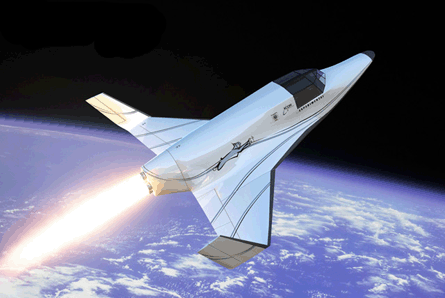XCOR and the Planetary Science Institute (PSI) have signed a Memorandum of Understanding (MoU) to fly a scientific payload aboard Xcor's Lynx suborbital spaceplane.
The Observatory is designed to examine objects close to the sun, and will be controlled by an operator inside the Lynx spacecraft. On observatory missions, Lynx will fly a unique trajectory, and return to the same place; which of Xcor's planned spaceports will be used is as yet unclear. Data will be analyzed and the Lynx flown again quickly if necessary; Lynx is designed for a 2h turnaround.
"NASA has been flying suborbital observatories for decades, on unmanned, disposable rockets. The new manned, reusable commercial platforms will allow us to make repeated observations with a single instrument, but without the need to refurbish it between flights," said Luke Sollitt, a scientist involved with the project. "In addition, the short turn-around means we can do many observations or targets."
 |
|---|
©Xcor |
The Observatory will be housed within the Lynx's dorsal pod, capable of lifting 650kg (1,400lbs), and operated by a technician in the cabin. The number of flights, timeline and launch details are as yet unclear. Neither Xcor nor PSI were immediately available for comment.
The Southwest Research Institute has previously signed with Xcor for six flights with a scientific payload; the payloads have not yet been selected.
Xcor expects to fly a prototype Lynx in 2012, with a production model planned in 2013. Suborbital flights are planned from California, Curacao and South Korea.
Source: Flight International


























